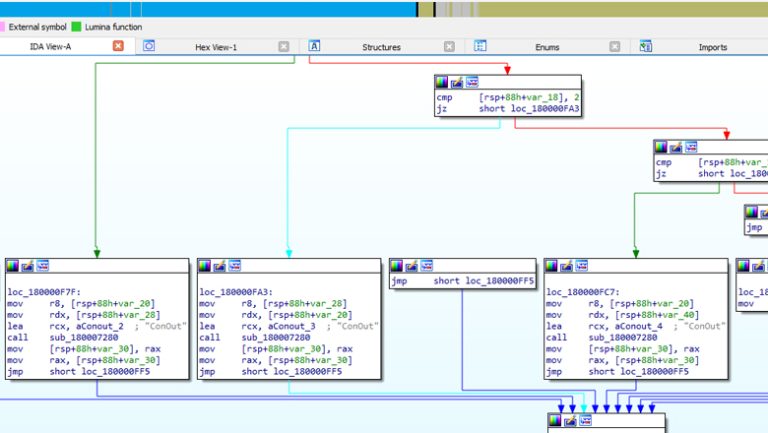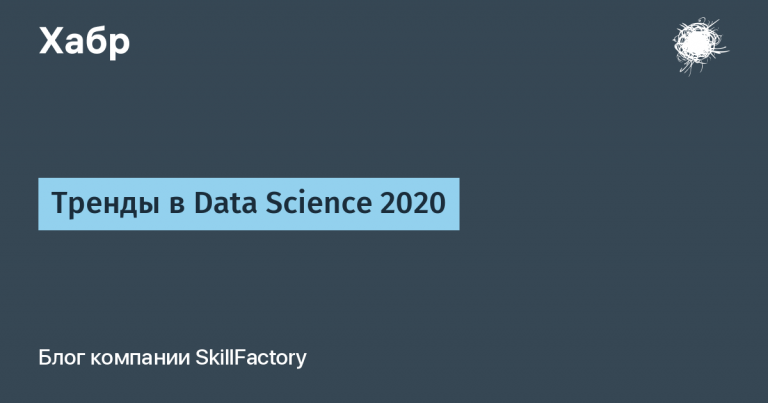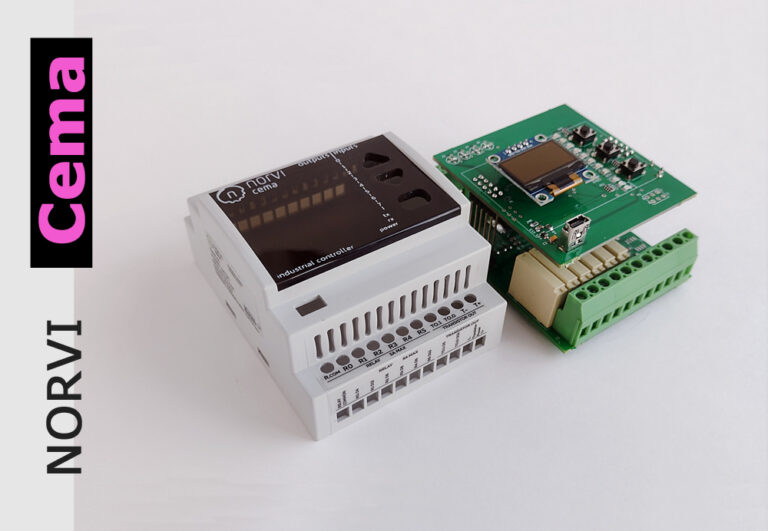new era of business process automation

Hello, this is Sherpa Robotics. Today we have translated an article for you, the topic of which directly relates to our activities as a vendor of platforms for smart robotization of business processes. In this article you will learn about the process of robotization evolution, as well as recommendations in which cases which approach to it is better to use. At the end of the article, we will share with you our experience of creating neuro-employees using our Sherpa AI Server platform and provide examples of real cases.
AI agents represent a new software paradigm based on large language models (LLMs). These agents can reason, interact, and act similarly to humans.
What is an enterprise AI agent?
Ten years after the advent of Robotic Process Automation (RPA), we are on the cusp of a new breakthrough in enterprise automation with intelligent AI agents powered by LLM. Agents are not just an improved way to automate, but a completely new disruptive technology that requires new skills and tools to master. They expand the scope from tactical task automation to automation and augmentation of complex intellectual activities.

The transition from RPA to AI agents is a strategic initiative that requires leadership-level support for successful implementation. At the same time, this is an opportunity for automation leaders to rethink their role in implementing new solutions within the company. In this article, we'll look at some of the practical aspects of moving from RPA to enterprise AI agents.
The evolution of enterprise automation:
– Task automation – RPA;
– Process automation – Automation by coding;
– Automation of work – Intelligent AI agents.
Enterprise automation is going through an evolution. It began with robotic process automation (RPA) and was popularized by UiPath in the mid-2010s. The popularity of RPA was driven by the “record and playback” approach to automating the user interface, which fueled the boom in low-code business applications.
Despite initial concerns from skeptics about the fragility of RPA and the reliability of bot automation, every major company today has built an automation development division and expanded its capabilities into what is commonly referred to as intelligent automation (IA).
IA is not clearly defined and often includes a mixture of techniques – from RPA to API automation and document processing using OCR. This signals a shift from click-to-click automation to process automation with tools that often combine coding with low-code and require specialized skills to deploy. However, the basic principles remain the same – RPA and IA are purely rules-based and suitable for well-defined, well-structured processes.
At the same time, AI agents use a completely different planning and execution workflow. They can natively understand unstructured data and unstructured processes due to their flexible reasoning abilities. This makes agents suitable for work that cannot be described by simple rules, but is outlined in natural language and work manuals. This allows agents to be more resilient than programmed bots—agents can correct their own mistakes if they encounter a problem or seek human feedback.
Although AI agents are taking a completely different approach to enterprise automation, this does not mean the end of the RPA era. If your task is to enter thousands of records into an ERP system every day or migrate one hundred thousand electronic medical records to a new system, then there is no point in trying to adapt an agent to solve a routine task. Don't hammer nails with a microscope!
Categories of tasks and optimal methods for their automation
AI agents are expanding the scope of enterprise automation beyond what was previously possible. Since AI agents are a new category that is still emerging, the easiest way to imagine examples of their use is as an extension of existing automated processes through agent-based reasoning. Over time, AI agents will be integrated into strategic business processes that are at the center of the enterprise.

The illustration above shows three different categories of automation. At the bottom is a lot of tactical work that doesn't require complex decision making and is based on company-specific context. This job operates on data, documents and systems that are highly specific to a particular enterprise.
This is where RPA comes in and is a good place to start your first projects with AI agents. Look for opportunities in the workflows that precede and follow routine RPA tasks, and expand the scope of automation with agents. Use AI agents to increase automation beyond the capabilities of standard RPA.
On our way to the top of the pyramid, we see work that involves standard solutions based on standard context. This is work that is often captured in accounting platforms and systems. Here, you are better off purchasing AI and automation solutions from these providers and relying on their ability to innovate on the data and processes they control.
At the top of the pyramid is the most strategic category of work, which plays a central role in the functioning of the enterprise. This work involves complex decisions and works based on individual context. No one can come from outside and teach you how to do this job better, because that is what your company exists for. This is where AI agents built specifically for enterprises will have the greatest impact.
Agents can work alongside people or completely replace some of our human tasks, allowing us to focus on more productive work. Since we as an industry are still in the early stages of our journey with intelligent AI agents, it will take time to achieve the most valuable and strategic work, but now is the time to start building the skills and platforms needed to do so.
Three steps from automation to AI
The pace of change and innovation in AI can seem shocking, and we often find ourselves wondering where to start.
Step 1. Establish rules for AI and security governance.
How will we control the use of AI? How do we enable our data to be accessible to AI applications and how can we ensure that AI does not become a security risk? This is the foundation that every company should lay by establishing clear rules for experimenting with AI.
Step 2. Define deadlines and criteria for success, and agree on them with the organization.
The second step is to set the right expectations, timelines, and strategic vision. For example: “By the end of the year, we will have identified and created three AI agents that will work in everyday practice. Our goal is to become an AI company within the next two years and apply AI agents to our core business processes.” By starting with clearly defined timelines and reasonable expectations, we will allow the organization to learn and grow with agents while achieving early positive results. Strategic vision is needed to ensure we stay on track and achieve the impact we need. Senior management support is key to the success of the program.
Step 3. Identify use cases, starting with tactical automation and moving to strategic.
Study your existing automation process to identify early use cases for AI agents, or look at the workflows that precede and follow current automations. This is a good opportunity to start collecting ideas for agents and avoiding cases that fall into the middle tier of our pyramid. Understanding which strategic processes can be automated is good, but start with small steps to stay on schedule and make learning easier.
AI and agent technologies are advancing at a rapid pace, with new breakthroughs and LLMs emerging in an endless stream. To stay relevant in this market, you should avoid locking yourself into a specific technology or LLM provider. Instead, look for vendors that use open technologies in their solutions, as open source leads to innovation in AI agents.
AI agents are here
AI agents are a new disruptive technology, not just the next step in traditional automation. Typically, the strategy around automation and AI is to plan for the next big thing while overcoming current challenges. However, the pace at which generative AI is advancing suggests a critical shift in this approach. The future has arrived.
It is important for enterprise automation leaders to focus on immediate adoption of AI technologies. Waiting to adapt means losing the competitive advantage that AI offers today. Many forward-thinking companies are already seeing significant benefits from the AI programs they create.
Comment by Sherpa Robotics
Our company has been on the market for 5 years. We started as a vendor of RPA solutions, but at the end of last year our team created a new product – the first and currently only offline LLM platform in the Russian Federation, which is in the registry of domestic software and allows you to implement and effectively use large language models in a closed loop.
The main advantage is that we don’t just use ready-made LLM models and further train them, but deploy them on our platform, improve them and make them more accurate and easier to use.
For example, the length of the Lama 2 LLM model context is 8 thousand tokens, but we can increase this parameter to 128 tokens.
Our platform supports Russian language.
There is a web chat for company employees in the ChatGPT style with history and dialogues.
There is also a built-in vector document storage – we have functionality for loading documents in different formats (structured and unstructured PDF) and automatically transferring them to embeddings, after which you can ask questions about these documents in a short time.
Possibilities:
Large Language Models (LLMs) in closed loop;
Web chat for company employees in ChatGPT style with history and dialogues;
Russian language support;
Context length up to 128 thousand tokens on “regular” hardware;
Answers to questions regarding your own documents;
Built-in vector document storage;
API for any company applications, compatible with OpenAI;
Integration with Sherpa RPA – working with LLM from robot scripts;
Security, confidentiality, monitoring, audit;
Multi-user and multi-threaded mode;
Choose from over 500 available language models;
Working with CPU/GPU and the most modern methods of quantization and batching of neural networks;
Additional training of neural networks using your own data;
Working with voice and images.

The benefits of our neuro-employees
More flexible to achieve goals;
Select and use auxiliary tools – a browser, a file system, free navigation in programs on a computer screen, other neural networks for working with pictures and videos, APIs of various systems;
They have short-term memory within the context window;
They have long-term memory – what they did, what they saw, what happened – and can selectively receive the necessary data from memory;
Capable of critical thinking and self-reflection;
Learn from user examples and allow feedback as they work.
Now let's move on to our cases.
Robot lawyer for tax law.
Subject area: tax legislation.
The robot logs the questions and answers of all users for subsequent evaluation.
The robot collects answer ratings directly from users and uses them to improve the quality of answers.
Data sources:

Results
Users found 86% of the answers useful.
340 man-hours per month saved.
The number of clients increased by 22% due to the wow effect of the new technology.

Other implemented robots for lawyers
Internal bot lawyer for company employees;
A robot for checking contracts using checklists and for compliance with laws and internal company regulations;
Robot for checking signed scans of contracts with the originals;
A robot for tracking the progress of cases in courts and automatically generating claims, objections, and responses to claims;
A robot for archiving and classifying legal documents and extracting facts from them for case files.
Robot sales consultant.
Consults buyers on WhatsApp.
Subject area: online smartphone store.
The robot should answer general questions about delivery, payment, returns, and help with product selection.
The robot must answer specific questions about the store’s assortment and recommend models that suit the client’s needs.

Data sources:
Online store database with characteristics and prices;
Seller's instructions and general information from the sections and blog of the online store.
Results
The robot answers questions from potential buyers 6 times faster.
Conversion from the beginning of the dialogue to the purchase increased by 22%.

Other smart sales assistants
Success Bot – this bot is able to assess the level of customer satisfaction and offer advice on improving interaction with them. It can also analyze customer feedback and suggest strategies for improvement.
Renewal Bot – this bot automates the contract renewal process, notifying you of upcoming deadlines and helping you collect the necessary information for renewal.
Support Bot – the bot helps clients solve problems by answering questions in real time. He can also escalate complex issues to internal support staff.
Onboarding Bot – This bot automates the onboarding process, helping new customers set up their accounts quickly and efficiently.
Survey Bot – a bot that automatically creates and sends surveys to customers to collect valuable data about their experience with your company.
Data Analysis Bot – This bot collects and analyzes data on customer behavior, helping to identify areas for improvement and suggesting new strategies for customer retention.
Feedback Bot – a bot that actively collects feedback from customers and uses this data to suggest improvements to products or services.
Billing Bot – This bot manages all aspects of the invoicing process, including sending payment reminders and processing transactions.
Training Bot – the bot trains customers on how to use products or services by offering interactive tutorials and answers to frequently asked questions.
Reporting Bot – This bot automatically generates and sends support performance reports, helping team leaders make informed decisions.
ITSM support robot operator
The robot takes into account tickets in the ITSM system and interacts with users through: tickets\chat\messengers\mail.
The robot must process first- and second-line requests and provide clear answers to solve employee problems, asking clarifying questions if necessary.
If the physical presence of a person is required, the robot escalates the task to a third line of support.
The robot must comply with SLA requirements and all ITIL principles.
Data sources:
ITSM system – knowledge base, CMDB;
Active Directory, Management Console, etc.

Results
The speed of ticket processing has increased 12 times.
ITSM costs (licenses and software) decreased by 65%.
The quality of ticket processing (SLA) increased by 55%.

Other implemented robots for ITSM
Discovery in Service Desk systems;
Proactive problem solving;
Anomaly detection;
Knowledge management based on artificial intelligence;
Change management based on artificial intelligence;
Intelligent asset lifecycle management;
Predictive analytics to detect SLA violations;
Intelligent search and recommendation capabilities;
ESM robot for automating requests from different departments.
We have described a small part of the neuro-employees we have implemented. You may have already encountered them or their analogues. Share in the comments how AI agents influenced your work?











